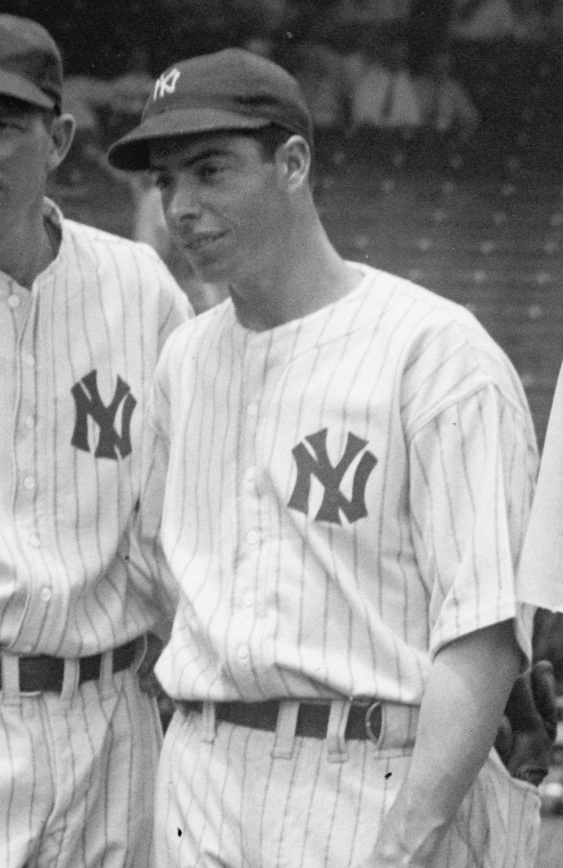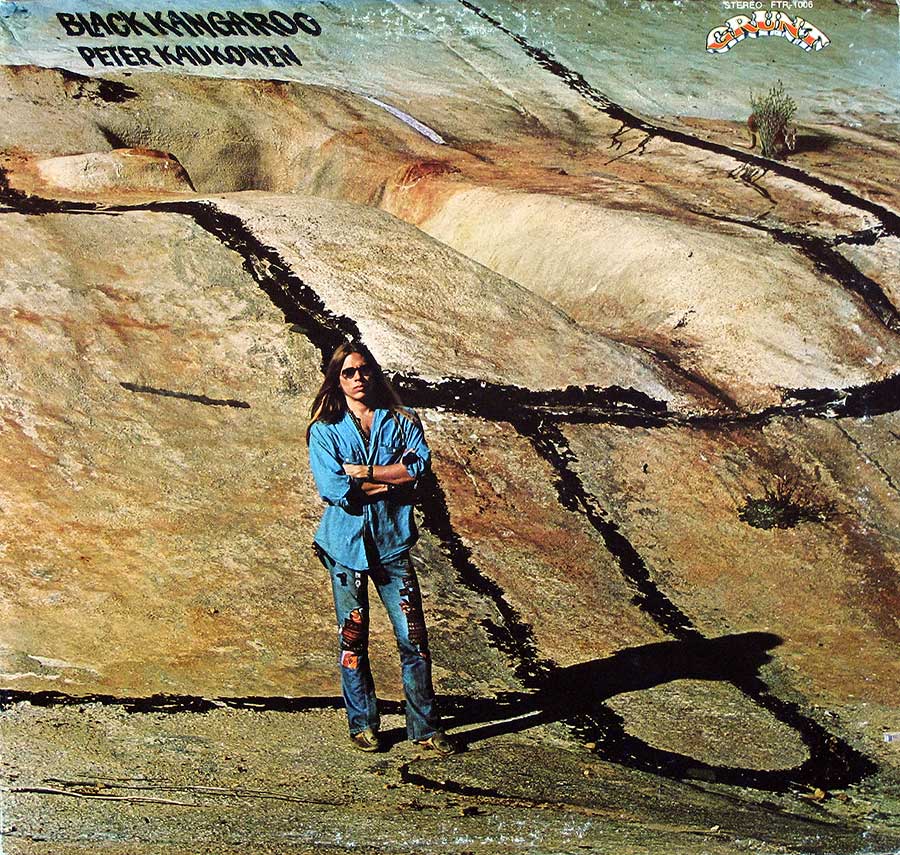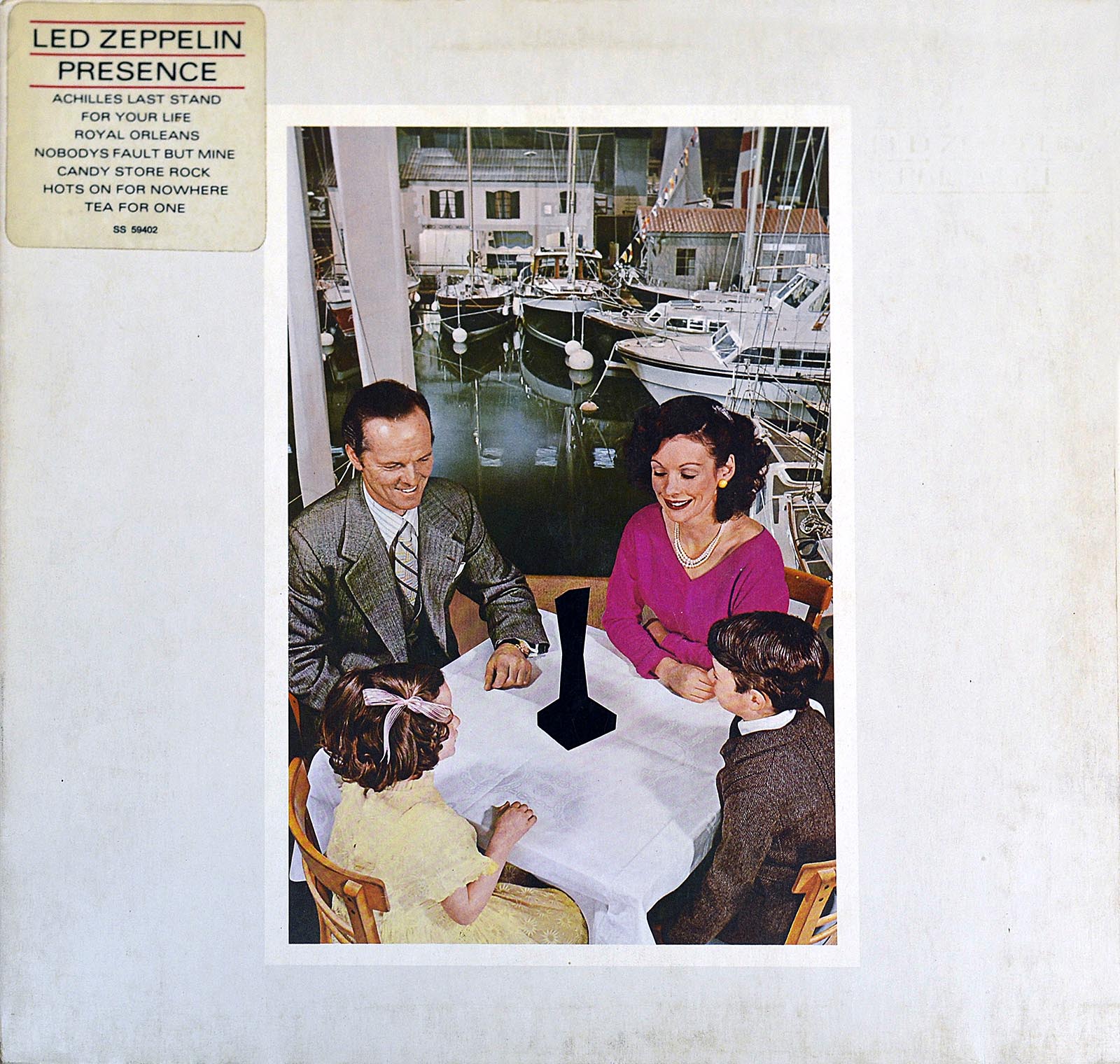Betty Bonney, an American pop singer whose smooth, elegant style lent itself to the big-band era, and whose voice immortalized the New York Yankees star Joe DiMaggio in the hit song “Joltin’ Joe DiMaggio,” has died at the age of 100. Her passing on January 29, 2025, in Calabasas, California, marks the end of a remarkable century of life that saw her navigate the changing landscape of American music, from radio and dance halls to television and the Broadway stage. Her career, spanning decades, left an indelible mark, particularly with her spirited paean to DiMaggio’s legendary 56-game hitting streak in 1941.
Born Betty Jane Bonney in Bridgeport, Connecticut, on March 8, 1924, she was a veteran vocalist by her late teens, having started performing at the tender age of six. Her journey through the music industry was characterized by adaptability and a distinctive vocal presence that captivated audiences and earned her a place among the “thrushes” and “canaries” of her time. Beyond her most famous recording, Ms. Bonney’s life was a rich tapestry of musical contributions, personal transitions, and a quiet resilience that defined her long and impactful existence.
This article delves into the significant chapters of Betty Bonney’s career, exploring the pivotal moments and artistic contributions that cemented her legacy. We will examine her early beginnings, the cultural phenomenon surrounding “Joltin’ Joe DiMaggio,” her various engagements with prominent big bands, and her initial forays into a solo career, offering a comprehensive look at the foundation of her enduring musical footprint.
1. **Early Life and Foundational Musical Journey**Betty Jane Bonney’s journey into the world of music began remarkably early, a testament to an innate talent nurtured from a very young age. Born in Bridgeport, Connecticut, on March 8, 1924, she primarily grew up in Norfolk, Virginia, where her musical abilities quickly became evident. Her mother, Doris (Anderson) Bonney, played a crucial role in supporting her burgeoning career, accompanying her to local radio gigs when Betty was as young as six.
This early exposure to performance laid the groundwork for a professional life that commenced well before her adulthood. By the age of eleven, Ms. Bonney had her own 15-minute Tidewater-area radio show, demonstrating a precocious command of the medium. Her father, Albert, a railroad purchasing clerk, initially pushed her into singing for money when she was five, a memory her son Trevor Lindsey recounted, noting that his mother “never forgave him for that.”
Despite the challenging circumstances of her early entry into showbiz, Ms. Bonney gained invaluable experience. She toured with a college band as part of crooner Gene Austin’s musical revue at just 13, and at 14, performed as a dancer and singer in a tent show also headed by Austin. These foundational years, spent performing with various groups, honed her craft and prepared her for the fast-paced world of big-band music that awaited her in the 1940s.
Read more about: Steve Lawrence: Remembering an Entertainment Icon’s Illustrious Life, and His Final Battle with Alzheimer’s Disease

2. **Joining Les Brown and His Orchestra**By 1941, Betty Bonney was already a seasoned vocalist, despite being a teenager. Her talent had caught the attention of prominent bandleaders, leading her to sing with Charlie Spivak and Jimmy James’s bands before securing a pivotal role with Les Brown and His Orchestra. This move, occurring when she was just 17, proved to be a career-defining moment, placing her at the forefront of one of the era’s rising musical acts.
Her arrival coincided with a period of significant growth for Les Brown’s group, which was steadily building a national following. Ms. Bonney, then 16, replaced the 19-year-old Doris Day as the “girl singer” in May 1941, stepping into a role that would soon catapult her into national recognition. The band, known for its sprightly novelty instrumental tunes, was on the cusp of a breakthrough, and Ms. Bonney’s voice would become instrumental in achieving it.
The rigorous schedule of touring was a common practice for female singers, often referred to as “thrushes” or “canaries,” who frequently left bands upon marriage. Ms. Bonney’s integration into Les Brown’s ensemble highlighted her professional standing and vocal prowess. Her collaboration with Brown proved mutually beneficial, as the band’s burgeoning popularity provided the perfect platform for her unique vocal style to shine.
Read more about: The Dragon’s Ascent: Unpacking China’s Modern Military and Expanding Global Reach by 2025

3. **The ‘Joltin’ Joe DiMaggio’ Phenomenon**The summer of 1941 brought an unexpected confluence of baseball fever and big-band music that would forever link Betty Bonney’s name with one of America’s most beloved sports figures. As New York Yankees star Joe DiMaggio embarked on his historic 56-game hitting streak, the nation became captivated, and Les Brown’s band found itself deeply immersed in the excitement while performing at a club in Armonk, New York. Band members would regularly announce DiMaggio’s progress from the bandstand, creating a palpable buzz among their audiences.
This collective enthusiasm led to the creation of what would become Ms. Bonney’s signature hit. A local disc jockey, Alan Courtney, and the band’s arranger, Ben Homer, quickly penned a jaunty tune titled “Joltin’ Joe DiMaggio.” Ms. Bonney, with her smooth, elegant delivery, sang the song live at the Armonk club, often accompanied by band members goofing around with baseball paraphernalia, adding a theatrical, playful element to the performance.
The song rapidly gained traction, becoming a regular feature on the band’s radio show and released as a 78 r.p.m. record in September 1941, shortly after DiMaggio’s streak concluded. Its success was undeniable; Billboard magazine reported it as the 93rd-best-selling single of 1941. The track famously began with Ms. Bonney asking, “Hello, Joe, whaddaya know?” to which clarinetist Ben Most, playing DiMaggio, would reply, “We need a hit, so here I go,” capturing the national sentiment surrounding the Yankee Clipper’s incredible feat.
Decades later, the song was featured in Ken Burns’s acclaimed 1994 documentary series “Baseball,” solidifying its place as one of the enduring musical tributes to baseball players. The song’s catchy melody and Ms. Bonney’s distinctive performance ensured its lasting cultural impact, making it a memorable soundtrack to one of baseball’s most legendary achievements.
4. **Distinctive Vocal Style and Public Persona**Betty Bonney’s performance of “Joltin’ Joe DiMaggio” was not merely a novelty; it showcased a vocal style that earned critical praise and captivated listeners. Her “smooth, elegant style” was perfectly suited to the big-band arrangements, allowing the jaunty melody and narrative lyrics to shine. This particular recording highlighted her ability to convey both a lightheartedness fitting the song’s subject and a distinct vocal quality that resonated with audiences.
Win Goulden, a columnist for The Central New Jersey Home News, lauded not only the song but also Ms. Bonney’s compelling delivery. He remarked, “You should really see Miss Bonney do the number in person to appreciate it,” adding, “It’s not just her voice that puts over a song.” This observation points to her stage presence and charisma, suggesting a performer who engaged her audience beyond mere vocalization, blending sound with visual appeal.
News accounts and reviews frequently noted her “sex appeal as much as her voice,” indicating a complete package that appealed broadly during the swing era. Her voice, described as “bright,” possessed a versatility that could be “plain tive or playful,” allowing her to tackle a range of emotions and musical genres. This adaptability was crucial in the big-band landscape, where singers needed to deliver everything from patriotic anthems to romantic ballads and novelty tunes. Ms. Bonney’s striking good looks and expressive delivery solidified her as a “star attraction” following the success of “Joltin’ Joe DiMaggio,” making her a favorite among “jitterbuggers and other musical hepcats.”
Read more about: Forget Filters! 14 Celebs Who Are PROOF That Aging Naturally is Totally Radiant, And What They Have to Say

5. **Expanding Repertoire with Les Brown**The breakout success of “Joltin’ Joe DiMaggio” firmly established Betty Bonney as a prominent voice within Les Brown and His Orchestra, propelling her to a new level of stardom. Following this hit, she continued to record a variety of songs with the band, showcasing the breadth of her vocal talents beyond the baseball-themed novelty tune. This period was instrumental in building her reputation as a versatile and in-demand big-band singer.
Among her notable recordings with the Brown band were the poignant “Lament to Love,” the Fats Waller classic “All That Meat and No Potatoes,” and the patriotic anthem “He’s 1-A in the Army (and He’s A-1 in My Heart).” These selections illustrate her capacity to adapt her smooth, elegant style to different moods and lyrical themes, from romantic reflection to wartime sentiment and playful blues. The inclusion of “All That Meat and No Potatoes” also highlights her ability to deliver songs with a touch of wit and sass.
Her continued collaboration with Les Brown provided a strong platform, solidifying her status as a “brunette Ms. Bonney” who was a star attraction. While “Joltin’ Joe DiMaggio” remained her most famous association, these subsequent recordings demonstrated her range and artistic depth. She was, as Billboard magazine would later write, a “thrush” who had “all the breaks any thrush could ask for,” crowding significant achievements into her early years in showbiz.
Read more about: Chris Pratt’s Ascent: From Sitcom Charmer to Global Megastar—A Deep Dive into the Man Behind the Marvel Legend

6. **Transitioning Bands and RCA Solo Endeavors**Betty Bonney’s tenure with Les Brown, though impactful, was but one chapter in her dynamic career. She left the band shortly after marrying Army officer Douglas Broyles Jr. in June 1942, a common practice for female vocalists of the era. However, her singing career quickly resumed when Mr. Broyles was deployed overseas during World War II, signaling her unwavering dedication to her craft and her resilience in adapting to personal circumstances.
She subsequently lent her talents to the bands of other popular leaders, including Jan Savitt, Jerry Wald, and Frankie Carle. These engagements allowed her to continue performing and evolving as an artist within the vibrant big-band scene, maintaining her visibility and refining her distinctive style. Each new collaboration offered different musical landscapes and opportunities to showcase her versatility to diverse audiences across the country.
A significant turning point arrived when she embarked on a solo career, recording several songs for RCA Victor under her full name, Betty Jane Bonney. In 1945, these “wistful cuts,” including “Ho Hum (Wish I Were Someone in Love),” “How Little We Know,” “They Can’t Take That Away From Me,” and “While You’re Away,” were met with unexpected success during a test run in New York. Critics praised these recordings, although her management team reportedly struggled to capitalize on this success and secure wider radio airplay.
One of these, “Ho Hum (Wish I Were Someone in Love),” even landed her on the cover of Billboard, with the magazine proclaiming, “Betty Jane’s on her way up fast.” Though her RCA career did not last as long as anticipated, these solo efforts cemented her capability as a standalone artist and demonstrated a potential beyond band affiliation, even reportedly causing friction with RCA’s then-top singer, Dinah Shore, over planned publicity efforts.
7. **The Big-Band ‘Thrush’ Legacy**The period spanning Betty Bonney’s initial rise to fame through her stints with various big bands and early solo recordings represents her quintessential “thrush” era, a term commonly used to describe female vocalists of the swing and big-band period. This designation, along with “canaries” and “orioles,” underscored the era’s fascination with female singers who brought glamour, emotive power, and vocal artistry to the bandstand. Ms. Bonney embodied this role with striking good looks and a bright, versatile voice.
Her career trajectory during these formative years was typical of many talented young women who found their voices amplified by the grand orchestras of the time. From regional radio gigs as a child to touring with established bands as a teenager, she learned the intricacies of live performance and studio recording. Her ability to replace an artist like Doris Day in Les Brown’s band speaks volumes about her immediate professional appeal and skill.
The “thrush” era for Ms. Bonney was defined by both collaboration and burgeoning independence. While she thrived as a featured singer within renowned ensembles, her solo recordings for RCA demonstrated a desire and capacity for individual stardom. This phase of her career, culminating in significant hits and critical acclaim, established the foundation for her enduring legacy, showcasing a powerful voice that resonated deeply with the cultural rhythms of mid-20th-century America. She contributed significantly to the soundscape that captivated a nation through wartime and into an evolving entertainment industry.
8. **The Transformation to Judy Johnson**Betty Bonney’s career took an intriguing turn in 1950 when she joined the bandleader Sammy Kaye, a move that brought about a significant shift in her professional identity. It was during this period that Kaye, known for his syrupy ballads, decided to rename her Judy Johnson. Ms. Bonney herself explained the rationale, stating, “Sammy had a thing about changing singers’ names for good luck,” a common superstition in the entertainment industry.
This change marked a departure from her birth name, under which she had achieved considerable recognition in the big-band circuit. While her tenure as a vocalist with Mr. Kaye’s orchestra was brief, the new name, Judy Johnson, would stick with her for the remainder of her public life. The transformation was so complete that, according to her son Trevor, “Very few people knew her as Betty,” underscoring how effectively her new persona took hold.
Despite the shift in public identity, Ms. Bonney embraced the change, finding comfort in her adopted name. Trevor Lindsey noted that his mother “didn’t correct them because she was just as comfortable as Judy.” While she was publicly known as Judy Johnson, within her private life, she was affectionately called Judy Lindsey, reflecting her marriage to Mort Lindsey, a connection that would become another significant chapter in her journey.
Read more about: 14 Iconic Pop Culture Characters Hollywood Dared to Recast – The Good, The Bad, and The Totally Unnoticed!
9. **Stardom on Sid Caesar’s ‘Your Show of Shows’**Under her new name, Judy Johnson quickly transitioned to the nascent medium of television, securing a prominent role on Sid Caesar’s landmark sketch-comedy series, “Your Show of Shows.” From 1950 to 1953, Ms. Johnson became a regular presence on the influential NBC program, a testament to her adaptability and stage presence that translated effectively to the small screen.
On “Your Show of Shows,” she frequently partnered with Bill Hayes for song and light dance duets, contributing to the program’s varied entertainment offerings. Her performances alongside Hayes showcased her versatility, moving beyond big-band vocalizations to embrace the demands of live television variety, which included singing covers like the Four Lads’ “No, Not Much!”
While many kinescopes of “Your Show of Shows” were unfortunately discarded by NBC, limiting preserved footage of her performances, Ms. Johnson’s television career extended to other appearances. She sang on syndicated game shows such as “Hidden Treasure” and “Judge for Yourself,” and also on NBC’s “Tonight! America After Dark.” Her voice was also familiar to radio audiences as a regular on “The Robert Q. Lewis Show,” demonstrating her continued presence across multiple entertainment platforms.

10. **Forays into Musical Theater**Betty Bonney’s artistic pursuits were not confined to big-band stages and television studios; she also ventured into the world of musical theater, showcasing her multifaceted talents. After taking voice lessons specifically for a musical theater career, she made her significant stage debut in the 1949 national touring production of the hit Broadway musical comedy “High Button Shoes,” expanding her performing repertoire.
Her foray into Broadway itself came in 1955 when she performed as Miss Adelaide in a revival of “Guys and Dolls” at New York City Center. In this notable role, Ms. Johnson replaced Helen Gallagher, demonstrating her capability to inhabit character and deliver a theatrical performance beyond pure vocal interpretation. This period further solidified her reputation as a versatile entertainer.
Beyond formal theatrical productions, Ms. Johnson maintained a robust schedule of club engagements. She performed in prominent venues across New York, Las Vegas, and Los Angeles, continuing to hone her craft and connect with live audiences. These experiences underscored her enduring appeal and her commitment to live performance, allowing her to explore various artistic expressions on different stages.
Read more about: Burt Reynolds, Enduring Icon of Film and Television, Dies at 82, Leaving a Legacy of Charisma and Depth

11. **Her Marriage to Mort Lindsey and Post-War Career**Betty Bonney’s personal life underwent another significant shift in 1954 when she divorced her first husband, Army officer Douglas Broyles Jr., and married Mort Lindsey. This union with Lindsey, a talented composer and conductor, marked a new chapter in her life, both personally and professionally. Mr. Lindsey would go on to achieve considerable renown as the bandleader on Merv Griffin’s popular television talk show.
The period following her marriage to Lindsey saw Ms. Bonney’s career trajectory shift, with her public performing life described as having “largely slid into the background.” This was a common trend for many female performers of her era, as family responsibilities often took precedence, leading to a more selective engagement with the demanding entertainment industry.
Nonetheless, Ms. Bonney did not entirely withdraw from performing. She continued to make occasional appearances across various media, including radio, television, clubs, and stage. These intermittent performances allowed her to maintain a connection to her artistic passion, even as her life took on new dimensions and priorities alongside her husband, Mort Lindsey.

12. **The Judy Garland Connection and Later Performances**Among the notable connections in Betty Bonney’s later career was her association with the iconic Judy Garland, a link facilitated by her husband, Mort Lindsey. In 1963 and 1964, Ms. Bonney served as Judy Garland’s stand-in during studio rehearsals for “The Judy Garland Show,” where Mr. Lindsey himself led the band. This unique role placed her directly within the orbit of one of Hollywood’s most legendary performers, offering an intimate perspective on the craft.
Decades later, Ms. Bonney rekindled her performing presence through collaborations with Merv Griffin, whose television talk show orchestra was famously led by her husband. In the 1980s and 1990s, she sang occasionally with Mr. Griffin and his band, conducted by Mr. Lindsey, in various esteemed venues. These included Mr. Griffin’s Resorts Casino Hotel in Atlantic City, N.J., and the prestigious Beverly Hilton in Beverly Hills, Calif.
These later performances with Griffin provided Ms. Bonney with opportunities to return to the stage, reminding audiences of her enduring vocal talent and her seamless ability to blend with a big-band sound. These appearances were a testament to her lasting passion for music and her continued connection to the entertainment world that had defined so much of her early life.
Read more about: Steve Lawrence: Remembering an Entertainment Icon’s Illustrious Life, and His Final Battle with Alzheimer’s Disease

13. **A Century of Life: Family, Resilience, and Legacy**Betty Bonney’s life spanned a remarkable century, characterized by not only a celebrated musical career but also personal resilience and a dedication to family. She navigated the complexities of two marriages, divorcing Douglas Broyles Jr. before her lasting union with Mort Lindsey, and successfully raised a family that included a daughter, Bonney Dunn, from her first marriage, and two sons, Trevor and Steve Lindsey, from her second.
Her family expanded further to include three stepchildren, seven grandchildren, and a number of great-grandchildren, painting a picture of a rich and full personal life. Ms. Bonney’s resilience was evident from an early age, having been pushed into singing for money by her father at just five years old, a memory her son Trevor recounted, noting that his mother “never forgave him for that.” This early experience forged a strength that would carry her through a demanding career and personal transitions.
Even as her husband Mort Lindsey passed away in 2012, Ms. Bonney continued her long life, maintaining a quiet dignity. Her ability to adapt to changing professional identities, from Betty Bonney to Judy Johnson, and her steadfast pursuit of her art amidst personal challenges, cemented her legacy as a woman of enduring strength and profound contribution, living to the venerable age of 100.
Read more about: Giorgio Armani, Fashion’s Master of the Power Suit, Dies at 91, Leaving an Indelible Mark on Global Style
14. **Betty Bonney’s Enduring Place in American Music History**Betty Bonney’s journey through American music history is a vibrant tapestry woven with the threads of big-band glamour, wartime morale, and the dawn of television. Her distinctive voice, often described as bright, plaintive, or playful, left an indelible mark on the soundscape of the mid-20th century, capturing the hearts of “jitterbuggers and other musical hepcats” with her compelling presence and versatile artistry.
Her name remains inextricably linked with the iconic “Joltin’ Joe DiMaggio,” a song that transcended novelty to become an enduring cultural touchstone, celebrating a moment of national fascination. This hit, alongside her contributions to Les Brown’s repertoire and her solo endeavors for RCA, showcased her capacity to deliver everything from romantic ballads to patriotic anthems, solidifying her status as a quintessential ‘thrush’ of her era.
Beyond her recordings, Ms. Bonney’s transition from radio and dance halls to the demanding world of early television, particularly her regular appearances on “Your Show of Shows,” demonstrated her remarkable adaptability and lasting appeal across evolving entertainment mediums. She was not merely a singer but a performer who understood the nuances of engaging an audience, whether through a microphone or a television screen.
Ultimately, Betty Bonney’s legacy is a testament to an artist whose career mirrored the dynamic shifts of American popular culture. Her smooth elegance, combined with an unwavering spirit, cemented her place not just as a singer, but as a resilient figure whose melody continues to echo through the annals of music and broadcast history, reminding us of a golden age of performance and a life lived with unwavering passion.










